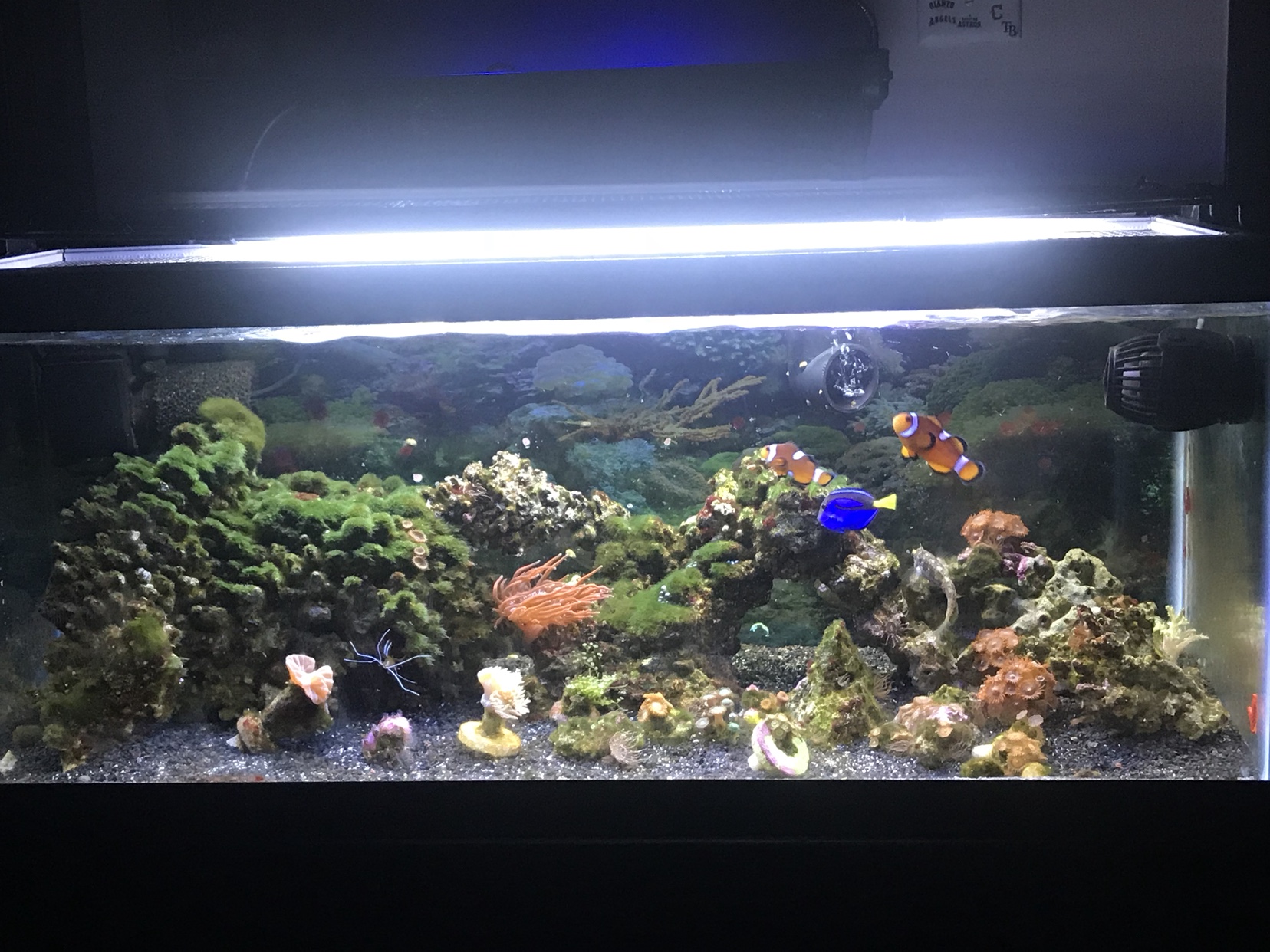- Joined
- Sep 1, 2017
- Messages
- 108
- Reaction score
- 23
Hi Everyone,
I'm new to the salt water game and I'm setting up a new 35G all in one tank. I'm currently cycling my tanks and ill probably wait about 4 weeks before trying to put in anything. My question is, does anyone have any takes on the Fluval LED lights? Model A3984. I will have a tank with fish and corals. Nothing special and probably all beginners corals. Hope to get some feedback. Thanks!

I'm new to the salt water game and I'm setting up a new 35G all in one tank. I'm currently cycling my tanks and ill probably wait about 4 weeks before trying to put in anything. My question is, does anyone have any takes on the Fluval LED lights? Model A3984. I will have a tank with fish and corals. Nothing special and probably all beginners corals. Hope to get some feedback. Thanks!

















